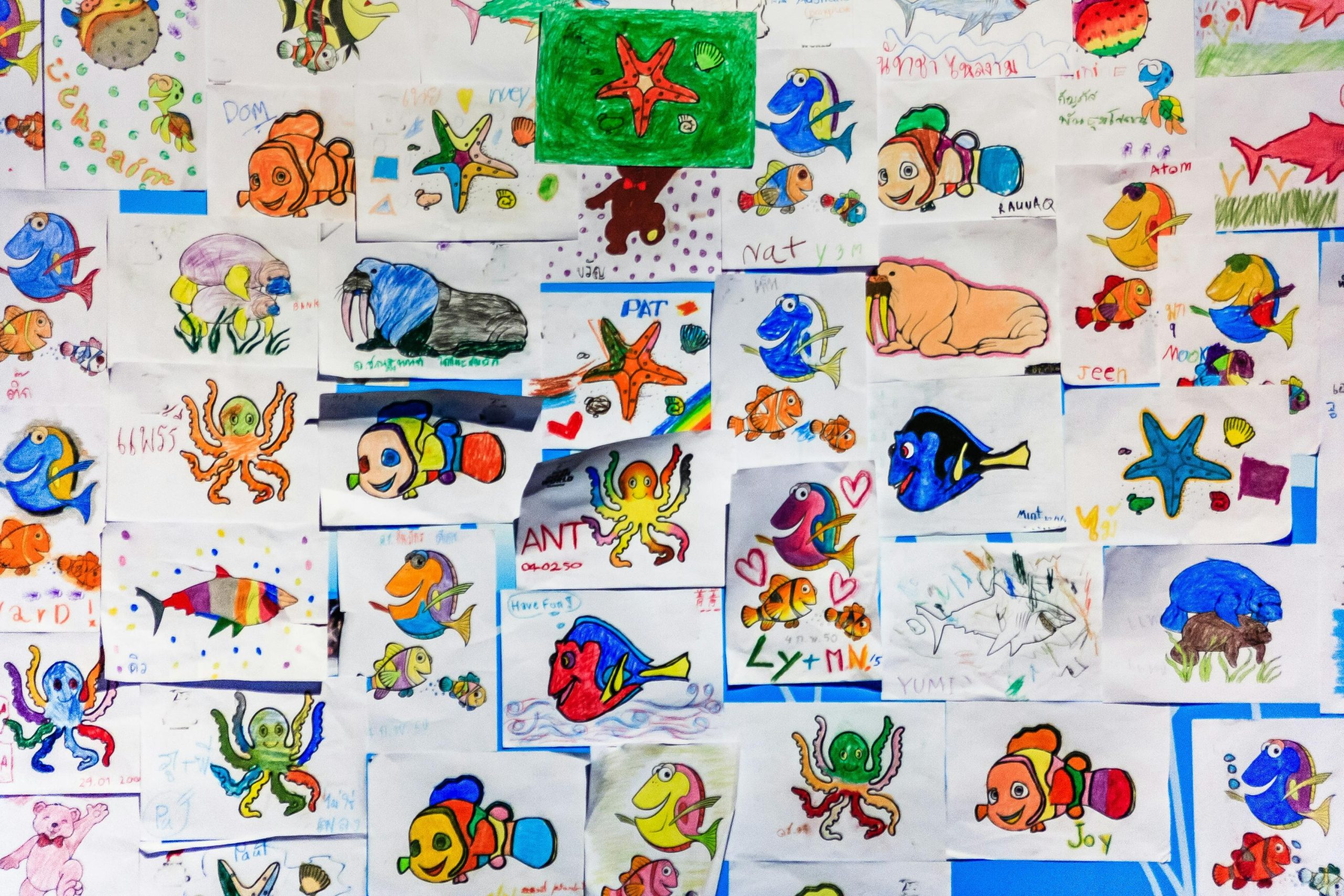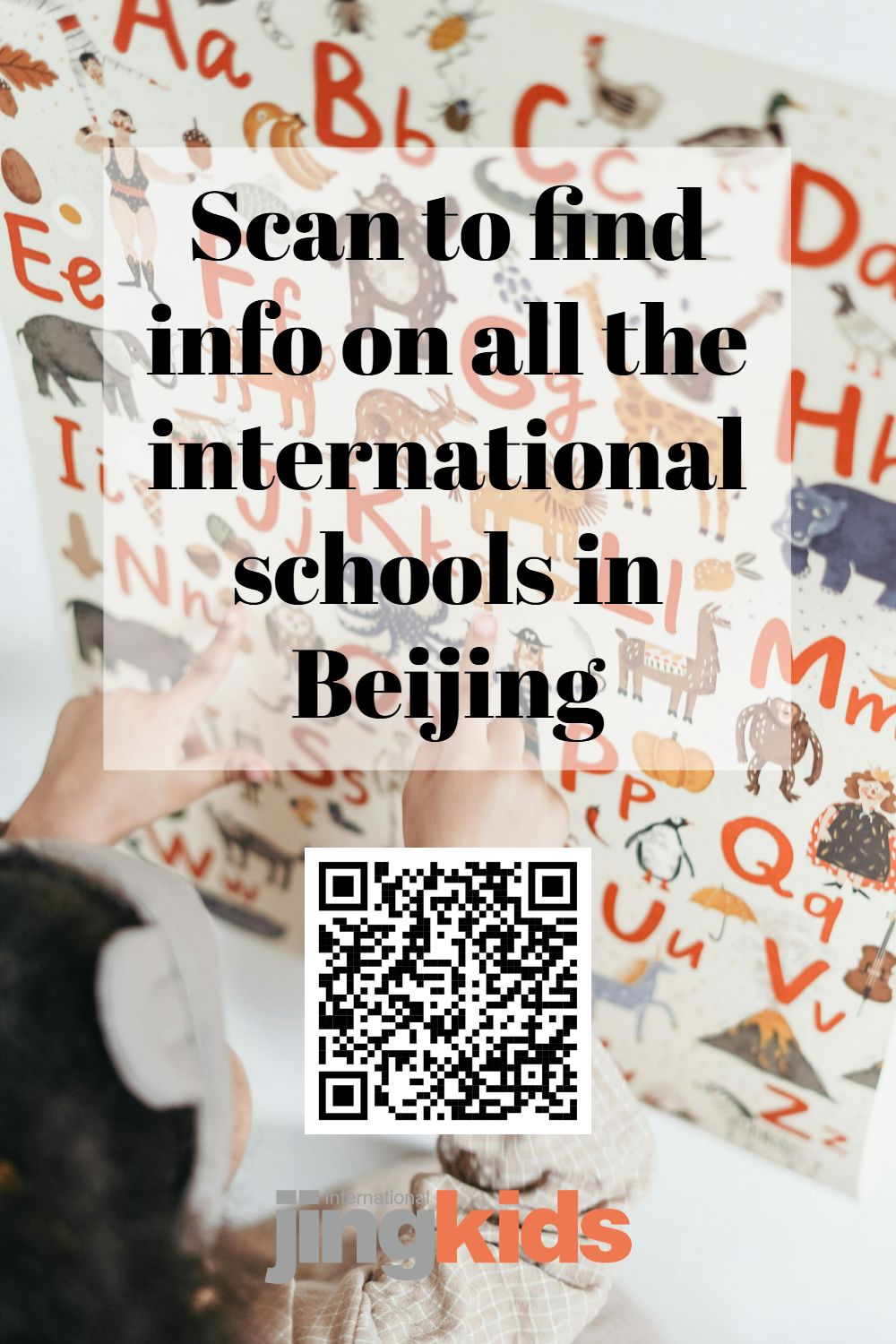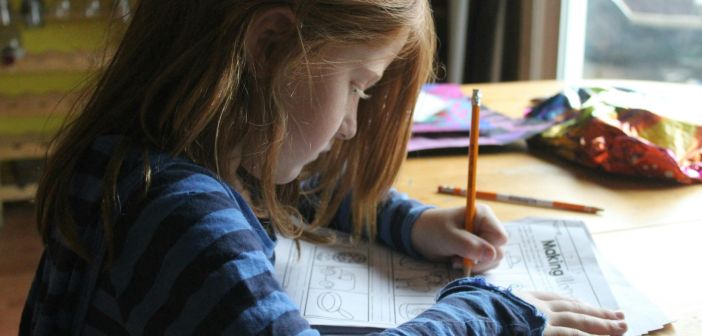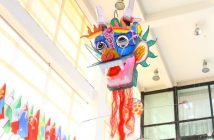First-time parents have it hard. Choosing a pre-school for my daughter for the first time was like taking an exam. I researched the different types of curriculums, talked to other parents and tried my utmost to let go on her first day of school.
Now, I find myself in need of a new school for my kid and going through the whole process again, but this time, after seeing how she interacts at school, I’ve got a different take on the various types of curriculums out there available for the early years.
When it comes to early childhood education for the kindergarten age group, several distinct curriculums offer unique approaches to nurturing young minds in Beijing. Montessori, Reggio Emilia, and Multiple Intelligences each bring their own set of characteristics and benefits.
Montessori curriculum emphasizes independence and self-directed learning. Children are provided with carefully designed materials that allow them to explore and learn at their own pace. This approach fosters concentration, discipline, and a sense of order. In a Montessori classroom, children are free to choose their activities, which helps develop decision-making skills and a sense of responsibility.

Reggio Emilia, on the other hand, focuses on the child as a protagonist in their own learning journey. It emphasizes the importance of the environment as the “third teacher.” Classrooms are filled with beautiful and inspiring materials that encourage exploration and creativity. The Reggio approach values collaboration and documentation of the learning process, allowing children to express themselves through various mediums such as art, music, and drama.

Curriculums based on multiple intelligences recognize that children have different learning styles and intelligences. This approach aims to address these differences by providing a variety of activities that tap into different intelligences, such as linguistic, logical-mathematical, musical, spatial, bodily-kinesthetic, interpersonal, and intrapersonal, and helps children discover their strengths and interests and develop a more well-rounded learning experience.
In terms of differences, Montessori places a strong emphasis on individual work and self-discipline, while Reggio Emilia emphasizes collaboration and group work. Montessori classrooms are often more structured and organized, while Reggio Emilia classrooms are more flexible. Multiple intelligences curriculums are more focused on catering to different learning styles, while Montessori and Reggio Emilia are more focused on overall child development.

All three curriculums recognize the importance of play in learning, the need for a rich and stimulating environment, and the value of respecting the child’s individuality.
So, when choosing an early childhood education curriculum for the kindergarten age group, it is important to consider the child’s needs and learning style. Montessori, Reggio Emilia, and multiple intelligences curriculums all offer valuable approaches to early childhood education, and each has its own unique strengths and benefits.
Want to know which kindergarten fits your style? Check out our website for information on all the international schools available in Beijing.

Images: Pexels




